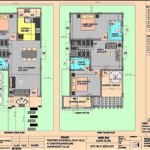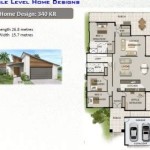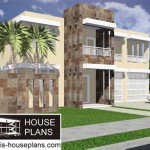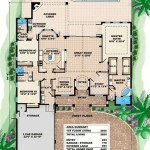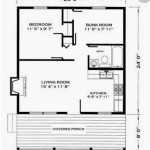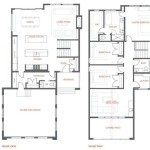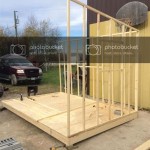Essential Aspects of House Floor Plan Designs
Designing a house floor plan is a crucial step in creating a functional and aesthetically pleasing living space. Whether you're building a new home or remodeling an existing one, careful consideration of essential aspects can ensure a well-designed floor plan that meets your needs and enhances your daily life.
Flow and Functionality
The flow of a floor plan refers to how easily and efficiently people can move through the space. A well-designed plan ensures a smooth transition between rooms, avoiding awkward corners or congested areas. Consider the natural flow of everyday activities and create a layout that allows for seamless movement without obstructions.
Space Planning
Space planning involves allocating appropriate space to different areas of the house. Determine the size and shape of each room based on its intended use. Consider the number of occupants, furniture requirements, and storage needs. Optimal space planning maximizes functionality and prevents rooms from feeling cluttered or underutilized.
Zoning
Zoning divides a floor plan into distinct areas based on function. Common zones include public areas (living room, dining room), private areas (bedrooms, bathrooms), and service areas (kitchen, laundry). Separating these zones enhances privacy, reduces noise, and creates a cohesive and organized living environment.
Natural Light and Ventilation
Natural light and ventilation are essential for a healthy and comfortable home. Position windows and doors strategically to maximize natural daylight and cross-ventilation. Ample sunlight improves mood, reduces energy consumption, and creates a sense of spaciousness. Proper ventilation ensures air circulation, removes odors, and prevents moisture buildup.
Flexibility and Adaptability
Life circumstances can change over time, so consider the flexibility of your floor plan. Design spaces that can adapt to different uses or configurations. Multi-purpose rooms, adjustable walls, or open floor plans allow you to easily modify the layout as needed. This ensures the long-term usability and value of your home.
Energy Efficiency
Energy efficiency is a vital consideration in floor plan design. Orient the house to take advantage of natural sunlight and breezes. Use energy-efficient windows and appliances, and consider passive solar design techniques. A well-designed floor plan can significantly reduce energy consumption and utility bills.
Personal Style and Preferences
Ultimately, your floor plan should reflect your personal style and preferences. Consider your lifestyle, hobbies, and aesthetic tastes when making design decisions. Choose elements that create a harmonious and inviting living space. From open and airy layouts to cozy and intimate nooks, the possibilities are endless.

House Plans How To Design Your Home Plan

Small House Design Shd 2024007 Pinoy Eplans One Y Bungalow Plans Layout

Floor Plans Types Symbols Examples

3d Floor Plans

40 Small House Images Designs With Free Floor Plans Lay Out And Estimated Cost Blueprints Design

House Design Trends What S Popular In Cur Floor Plans Extra Space Storage

28 Modern House Designs Floor Plans And Small Ideas

House Floor Plans Your Best Guide To Home Layout Ideas

Misty Falls House Plan By Archival Designs

Floor Plan Creator And Designer Free Easy App

